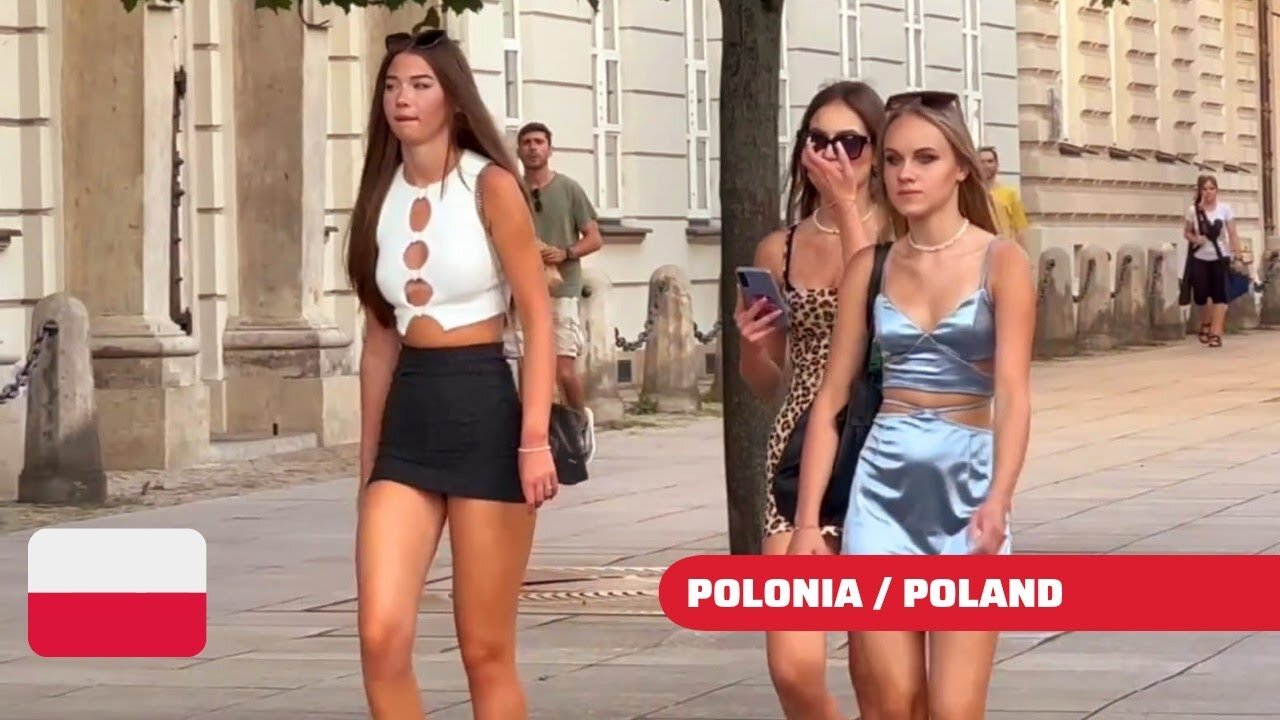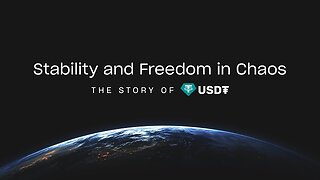Premium Only Content

POLAND - First Impressions
POLAND - First Impressions
Poland, a country of 38 million inhabitants and 312,700 km² located in the eastern portion of Central Europe.
In these first hours in Warsaw, which means our fourth visit to the country, we have found a revitalized city after the pandemic.
It is bordered to the north by the Baltic Sea and the Russian Kaliningrad Oblast, to the northeast by Lithuania, to the east by Belarus, to the southeast by Ukraine, to the south by the Czech Republic and Slovakia, and to the west by Germany.
It is a parliamentary, catholic republic whose language is Polish, a West Slavic language and is part of the European Union.
Its capital and most populous city is Warsaw, where we have just arrived and are going to have our first impressions. The city, with 1,777,000 inhabitants, is located in the center-east of the country.
We have been told in these early hours that Poles are pessimistic in nature, they always seem to be sad and worried. They told us that they complain about everything, that it is cold, that it is hot, that it rains or that it does not rain, about the weather, about politics and illnesses. But that's something we still have to check.
The statistics support this hypothesis. When asked to rate their overall satisfaction with life on a scale of 0 to 10, Poles gave an average rating of 6.1 points lower than the 6.7 average for developed countries.
The truth is that we do not see many happy people, or smiling, they all seem to be in absolute seriousness.
Poland is proving to be an economic country for us. It entered the European Union on May 1, 2004, however, it has not completed the Monetary Union; the circulating currency is still the złoty and no official date has been given for the introduction of the euro.
Some famous Poles immediately come to mind when stepping on this territory.
Frederic Chopin, an exponent composer of romanticism, was born on the outskirts of Warsaw to a Polish mother and a French father.
He traveled to Vienna and later to Paris to continue his musical studies. But he never returned to Poland because it was plunged into libertarian revolts as a result of the country's loss of independence.
Nicolaus Copernicus. The 16th century was a time of economic prosperity and cultural development for Poland. At that time, humanity believed that the Sun and the planets orbited around the earth.
But in 1543, the same year as his death, Copernicus published the theory that the Earth and the other planets orbit the Sun. This idea was taken as revolutionary.
As we walk through the streets of Warsaw we cannot help but admire the feminine beauty. But in addition to being beautiful, the Poles have made history. Maria Skłodowska-Curie, the first woman to receive the Nobel Prize twice, for Physics and Chemistry, was born here.
Madame Curie traveled to Paris to continue her studies and, like Chopin, she never forgot her land and shared the desire of the Poles to regain their independence. She therefore named the first element she discovered polonium and for which she also received her first Nobel Prize.
Poland is an eminently Catholic country and this can be seen with the naked eye in the innumerable churches crowned with crosses. The Polish Karol Wojtyła, archbishop of Krakow and Pope John Paul II, was the first Slavic pontiff in the history of the Catholic Church and remained in the Vatican until his death.
It seems that it is a design of the Poles to have to leave their land. In successive videos of this series we will try to know why.
The Polish territory comprises in its largest portion to the north part of the great European plain and covers to the south mountainous territory of the Sudetenland, the Carpathians and the Sierra de la Santa Cruz.
We will go to the Baltic Sea coast and visit some of the most beautiful cities.
The afternoon became deep and we fell inside admiring the beauty that circulates and stagnates around us.
-
 21:06
21:06
Russell Brand
3 hours agoIT'S COMING
25K170 -
 21:26
21:26
Stephen Gardner
22 hours ago🔥What JUST leaked out of Congress must be STOPPED NOW!
51.9K156 -
 53:25
53:25
tether
11 days agoStability and Freedom in Chaos: The Story of Tether USD₮ | Tether Documentary (USDT)
89.3K5 -
 56:44
56:44
VSiNLive
1 day agoFollow the Money with Mitch Moss & Pauly Howard | Hour 1
40K2 -
 36:50
36:50
Anthony Pompliano
2 days ago $9.79 earnedInvestors Are ALL-IN On Bitcoin
24.3K7 -
 32:19
32:19
SB Mowing
9 days agoA Backyard She’s NEVER Seen – Now Safe for the Kids to Play!
29.2K17 -
![[Day 26] CS Blast bounty baby](https://1a-1791.com/video/fwe2/8a/s8/1/Z/H/j/_/ZHj_w.0kob-small-Day-26-CS-Blast-bounty-baby.jpg) 2:09:11
2:09:11
ggezlol_tv
7 hours ago[Day 26] CS Blast bounty baby
56.1K2 -
 2:32:17
2:32:17
Sgtfinesse
6 hours ago💥Sunday Morning Hunt for Featherweight Artifact | New World PVP Server: Sclavia
68.2K4 -
 11:25
11:25
Film Threat
22 hours agoLET'S DISCUSS THE 2025 OSCAR NOMINATIONS | Film Threat News
49.4K19 -
 13:07
13:07
DEADBUGsays
7 hours agoThe Southport Massacre, The Great British Cover-Up
42.7K26